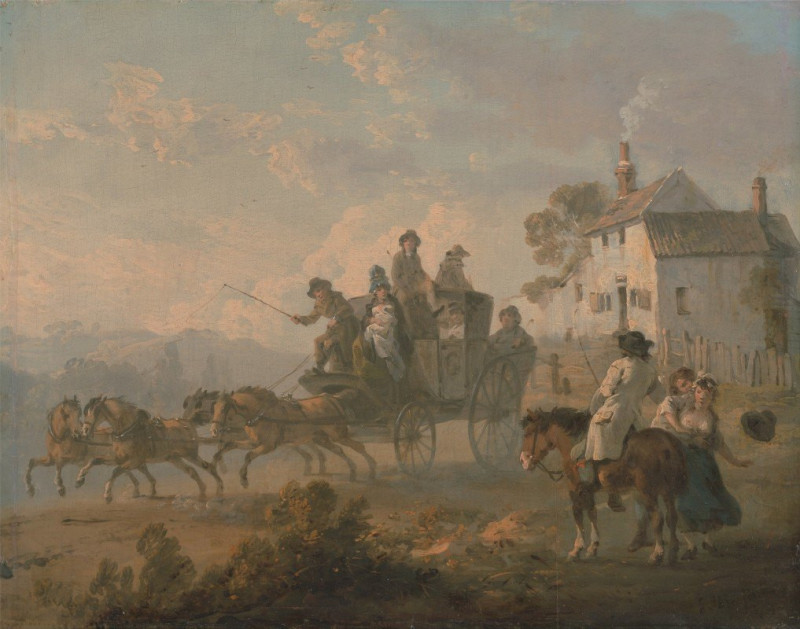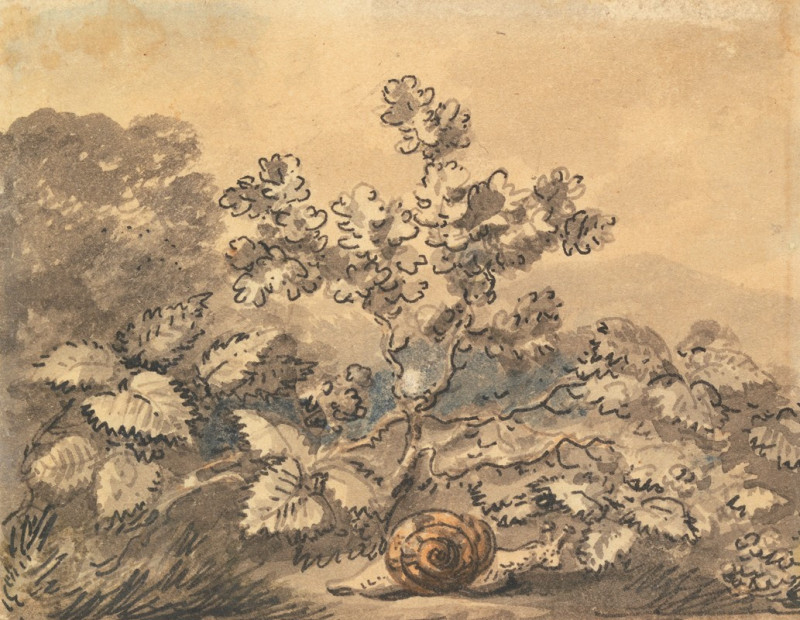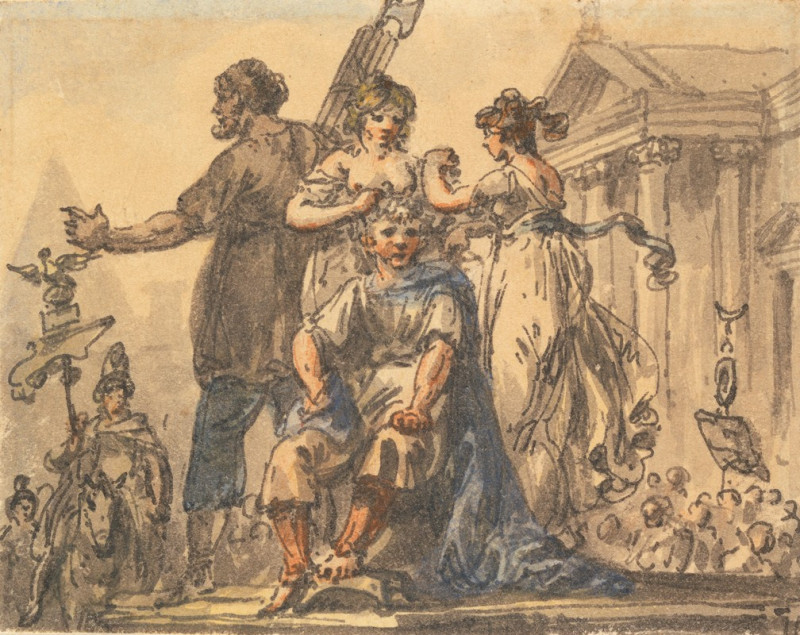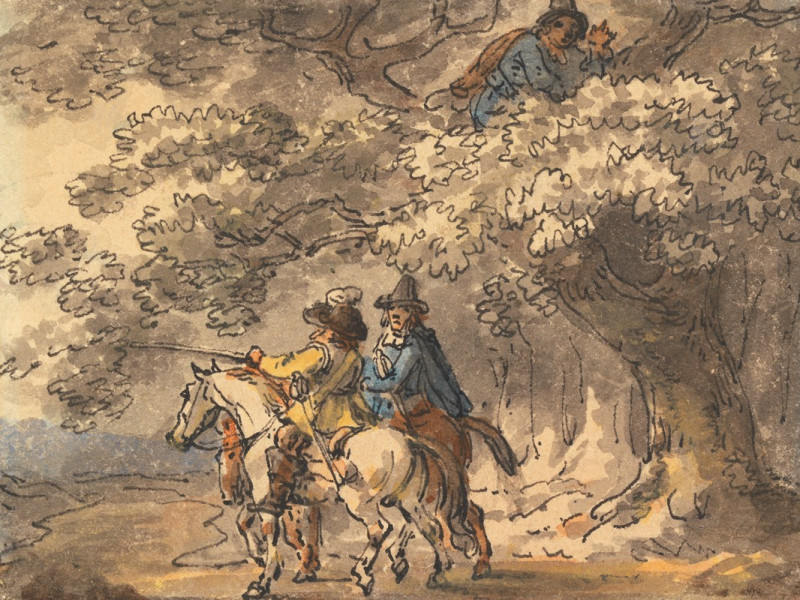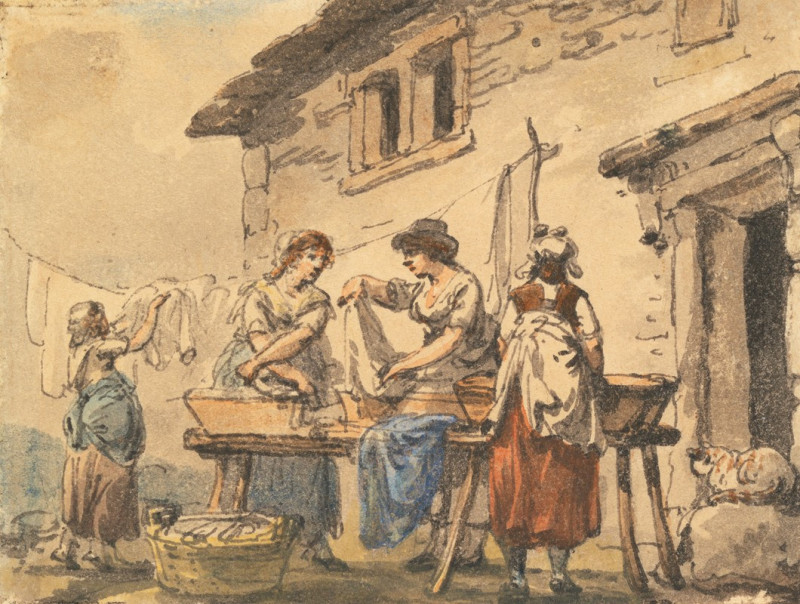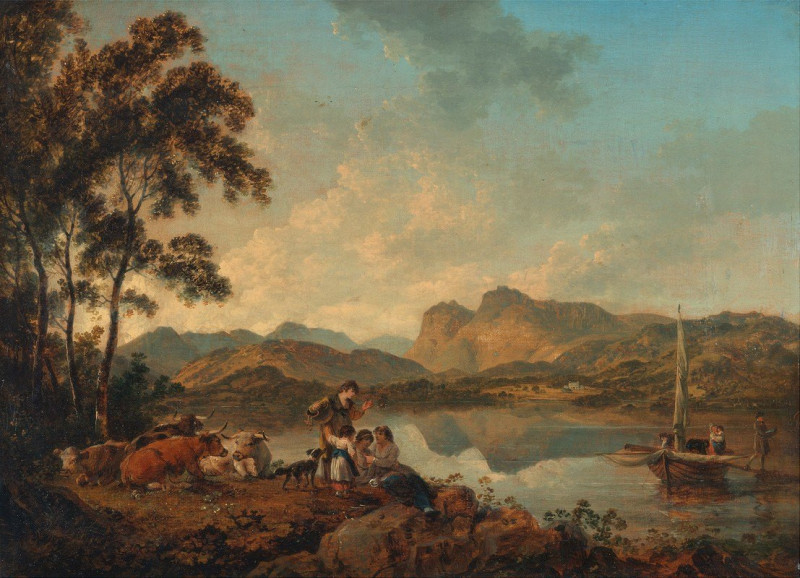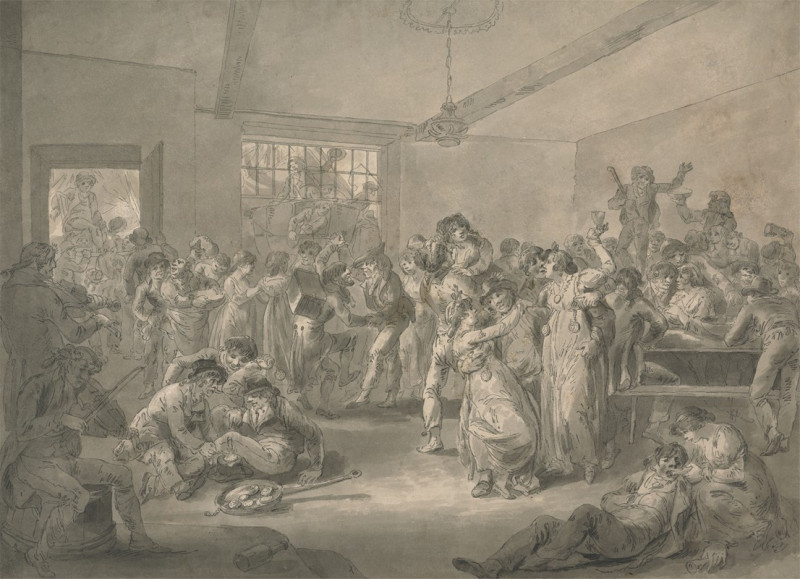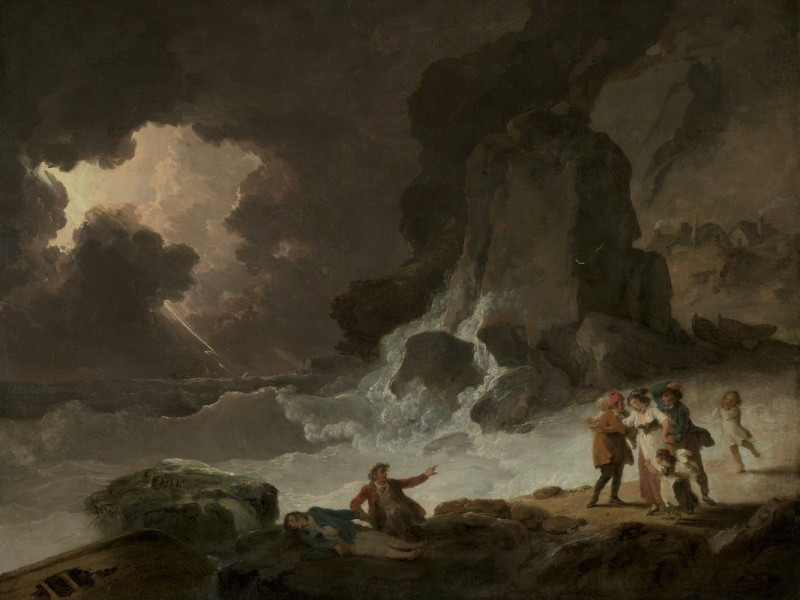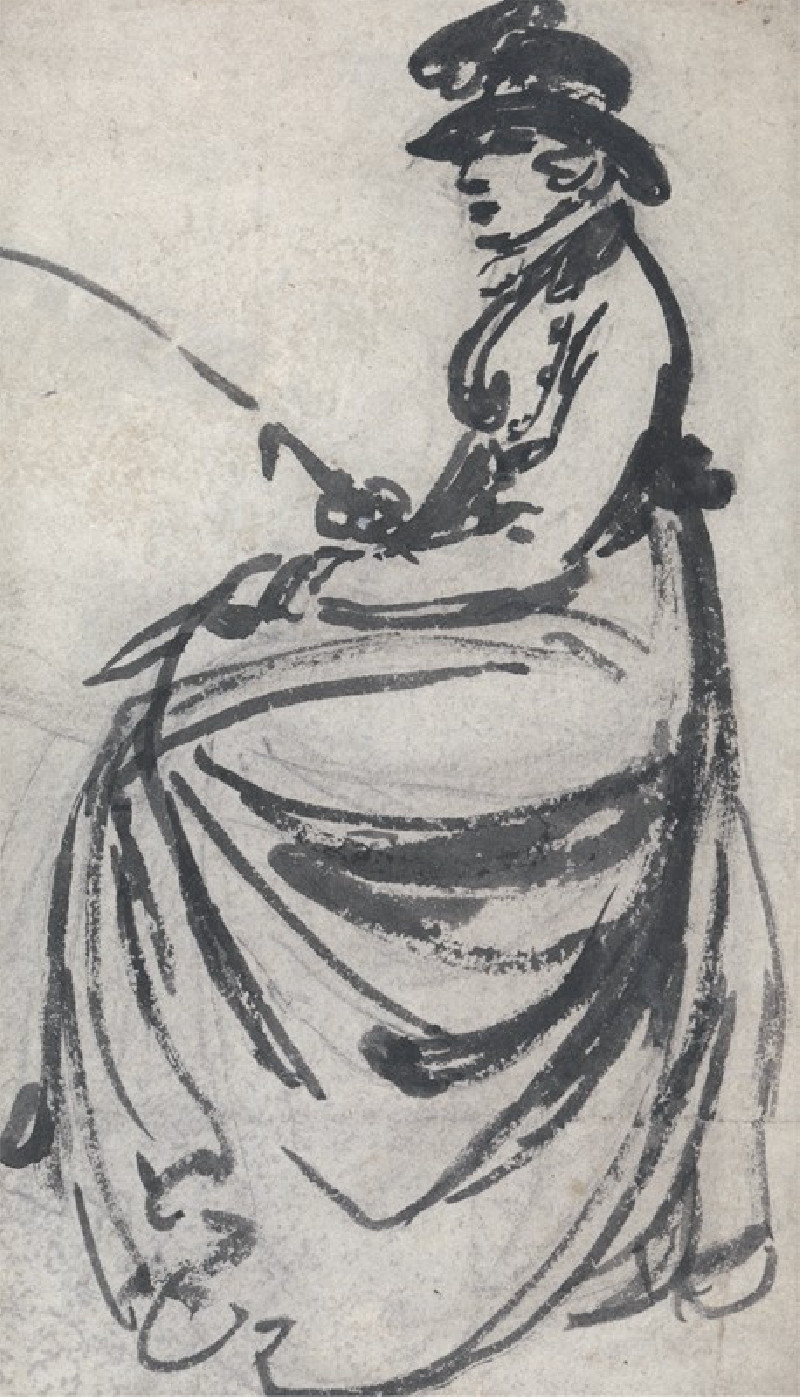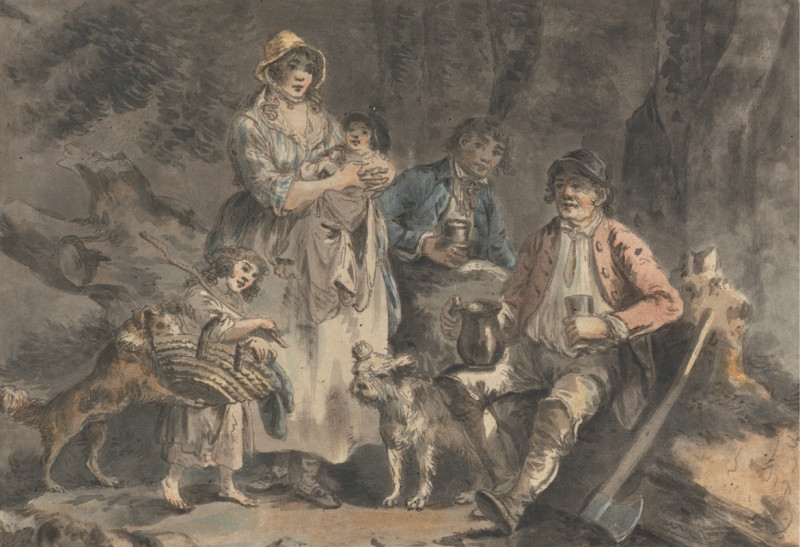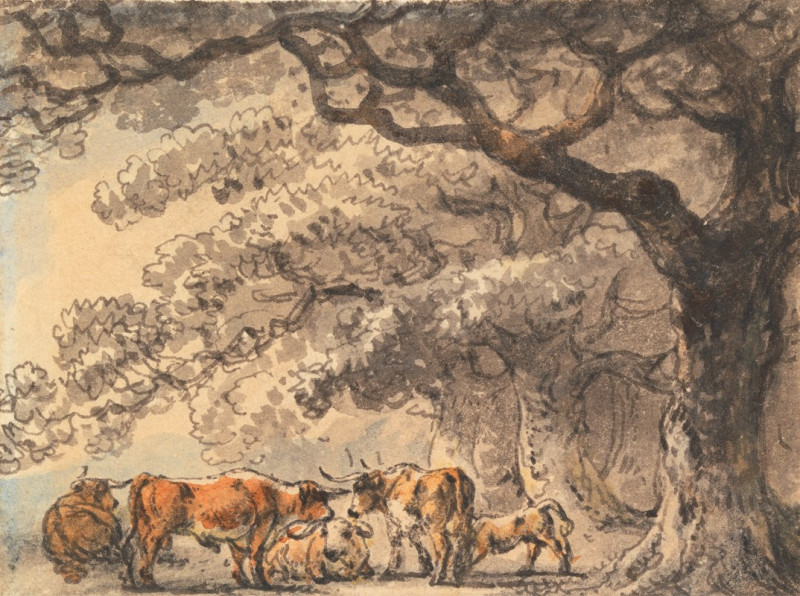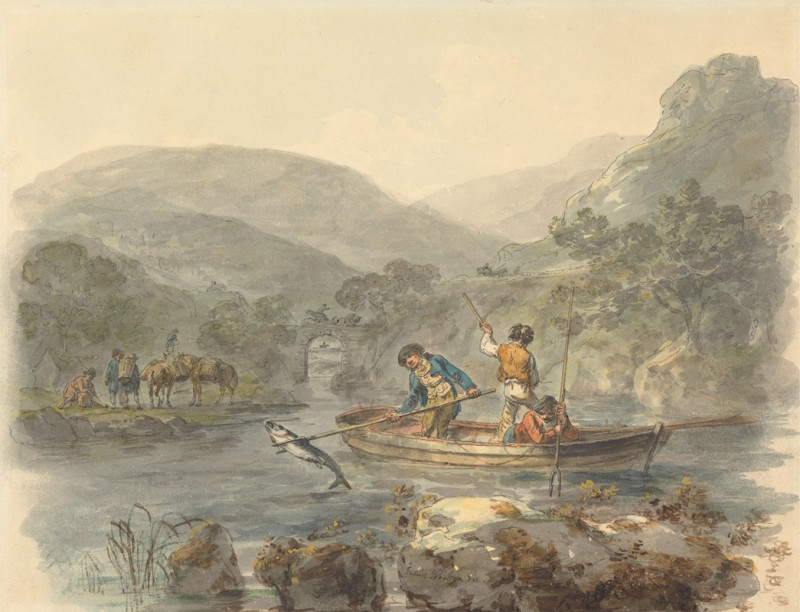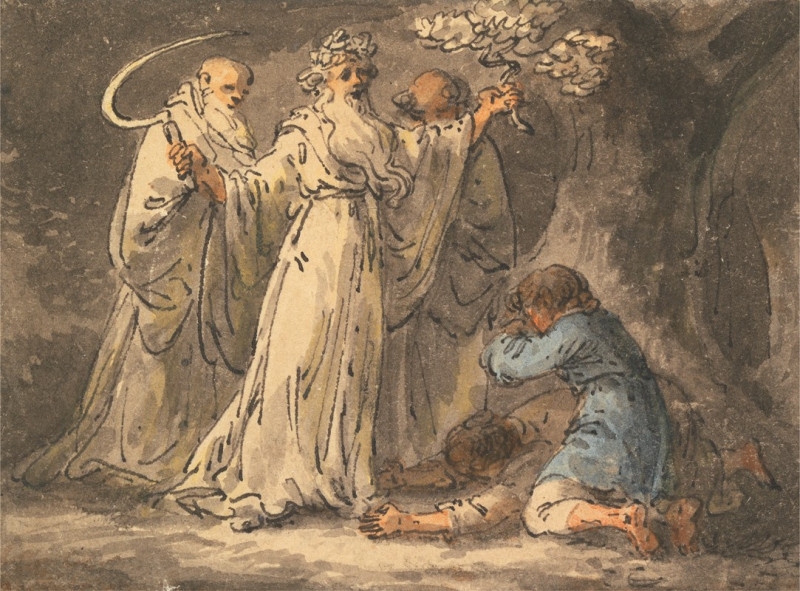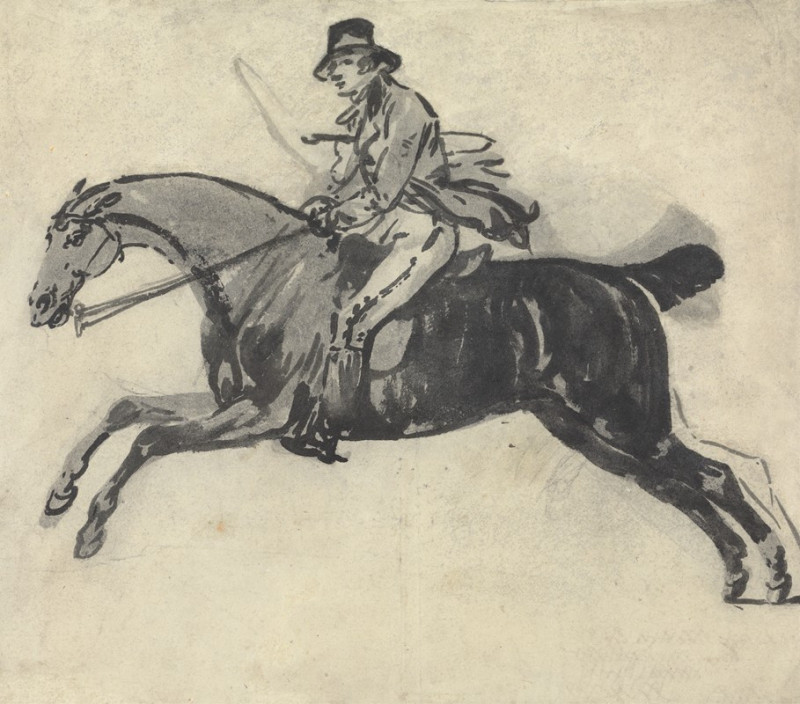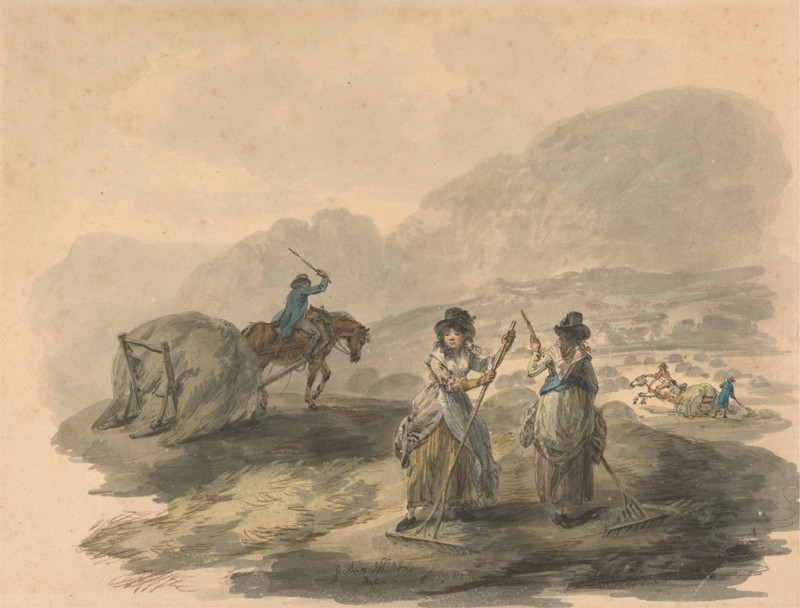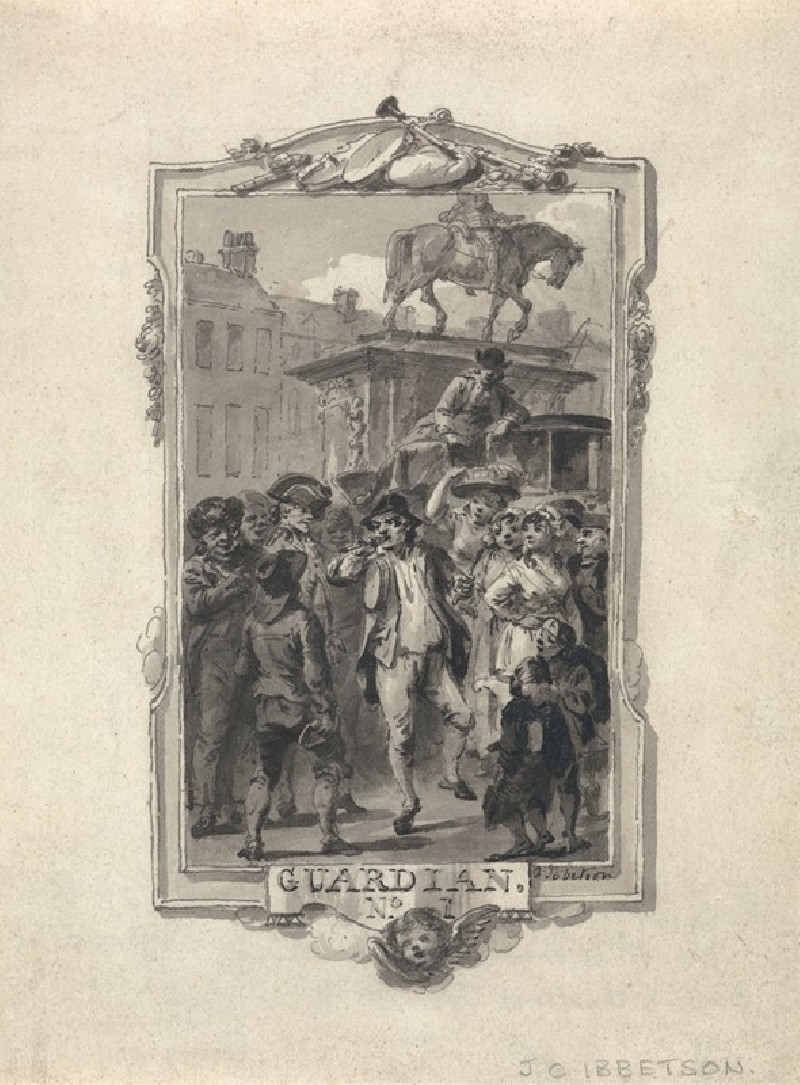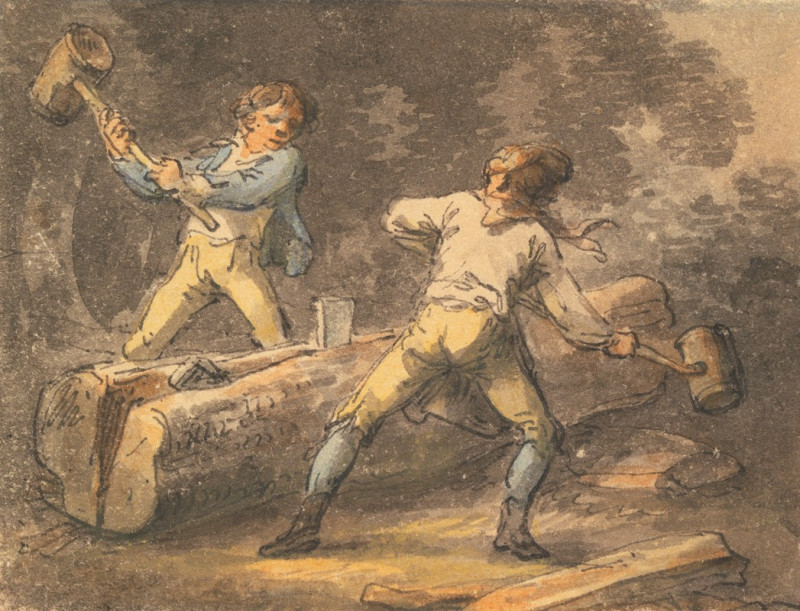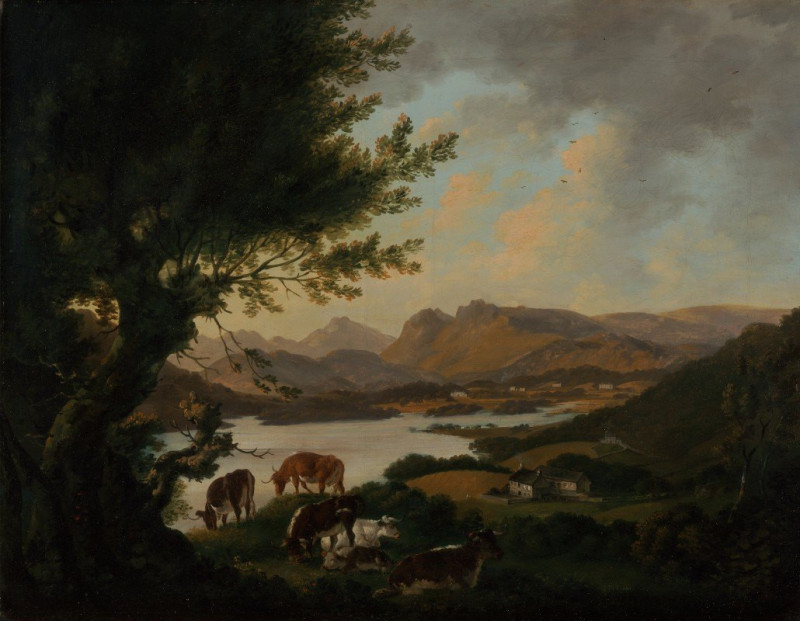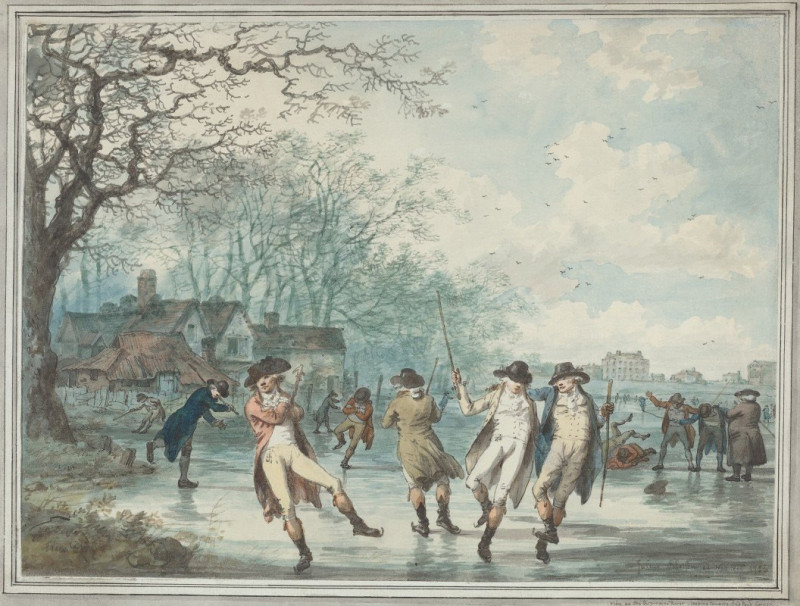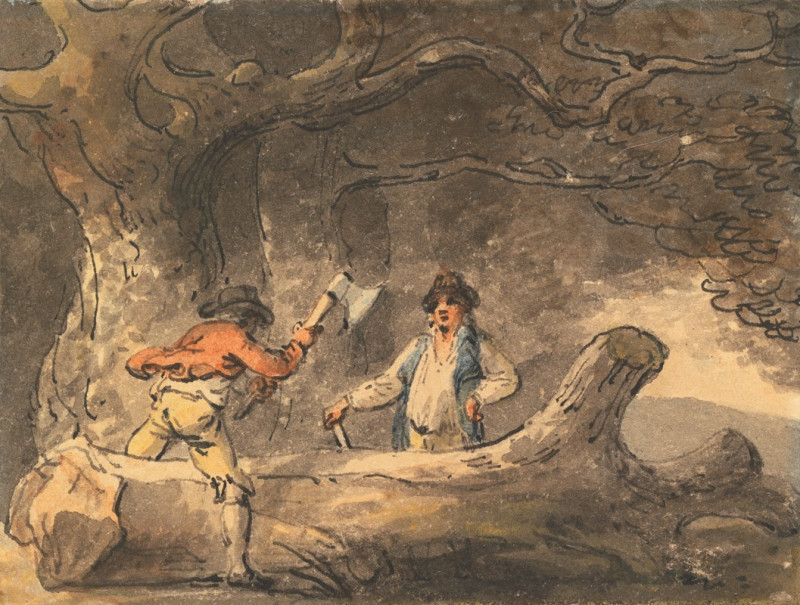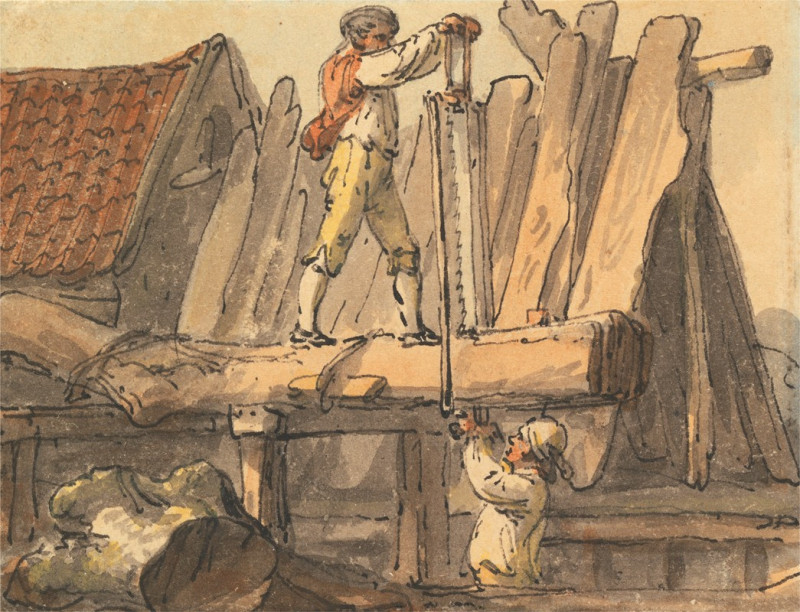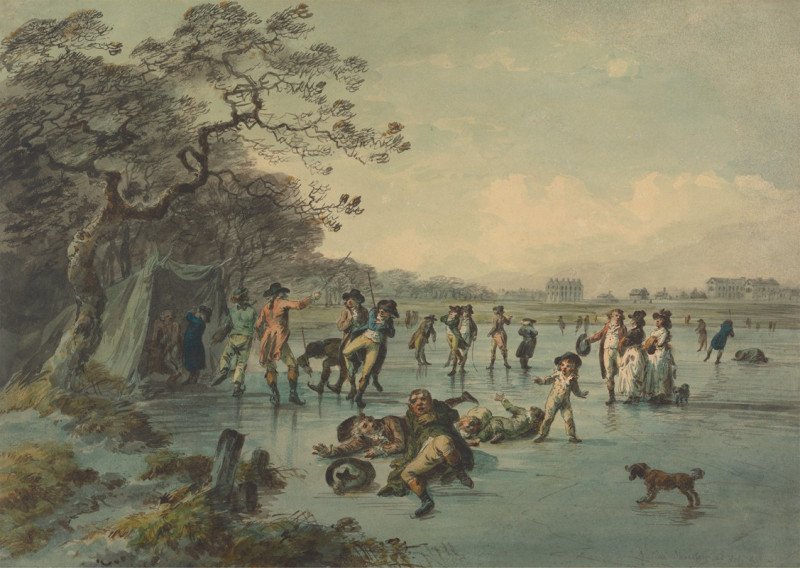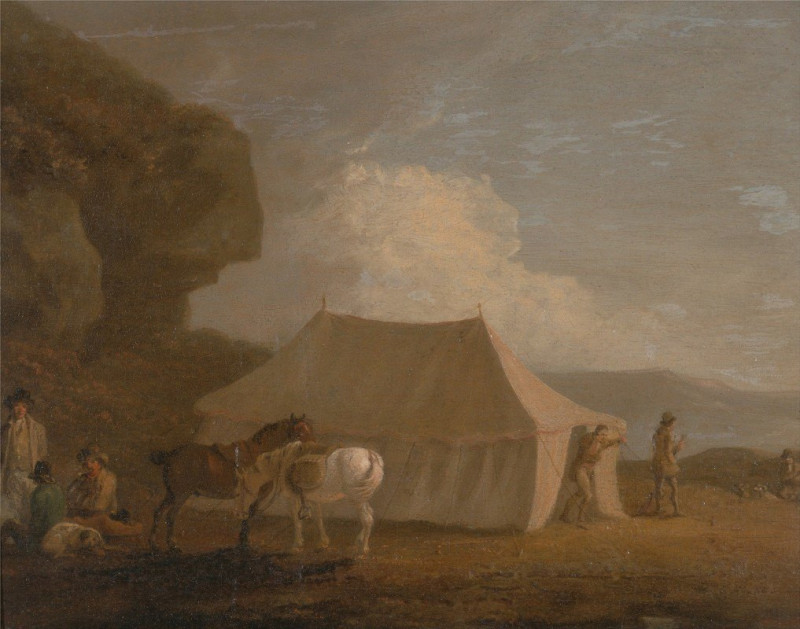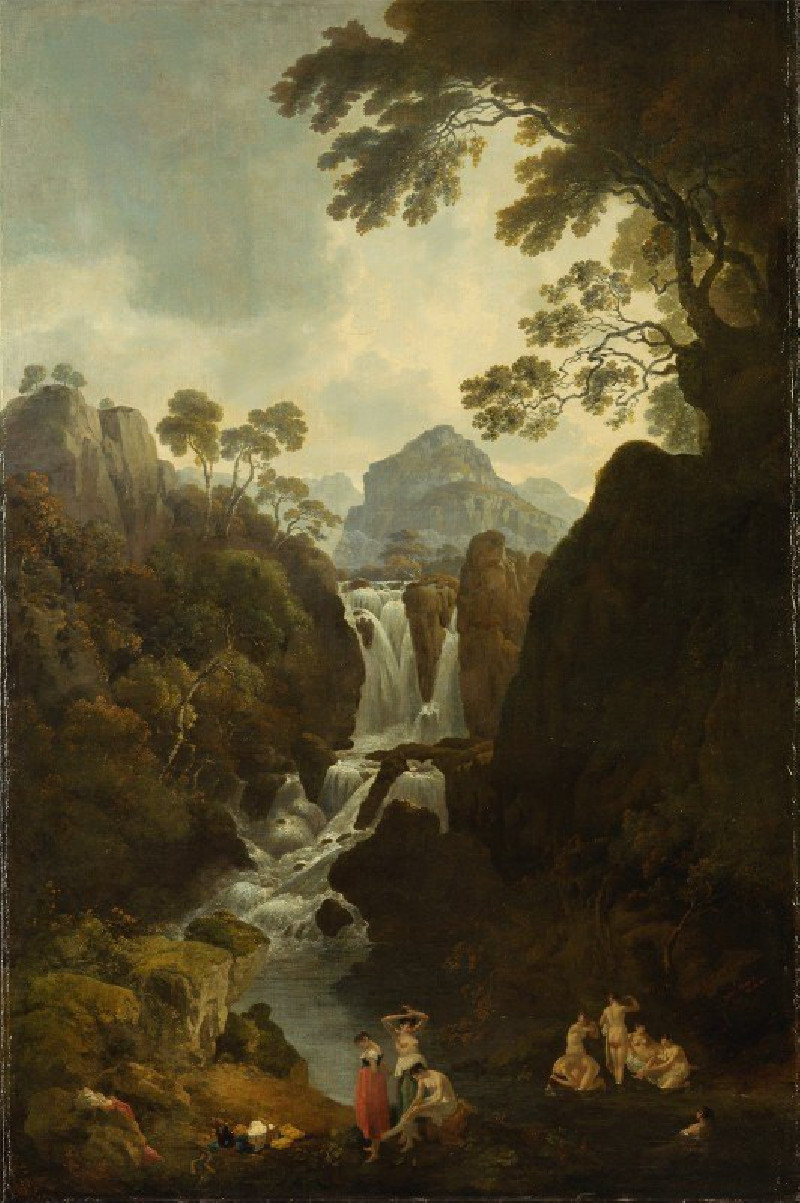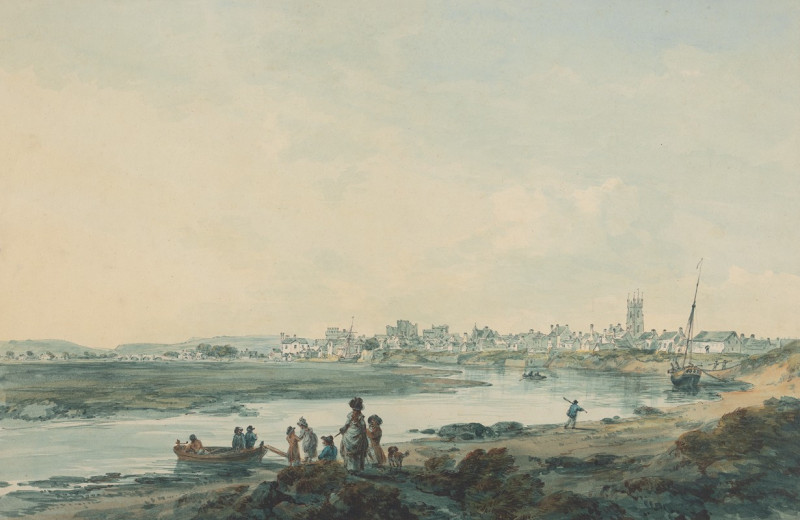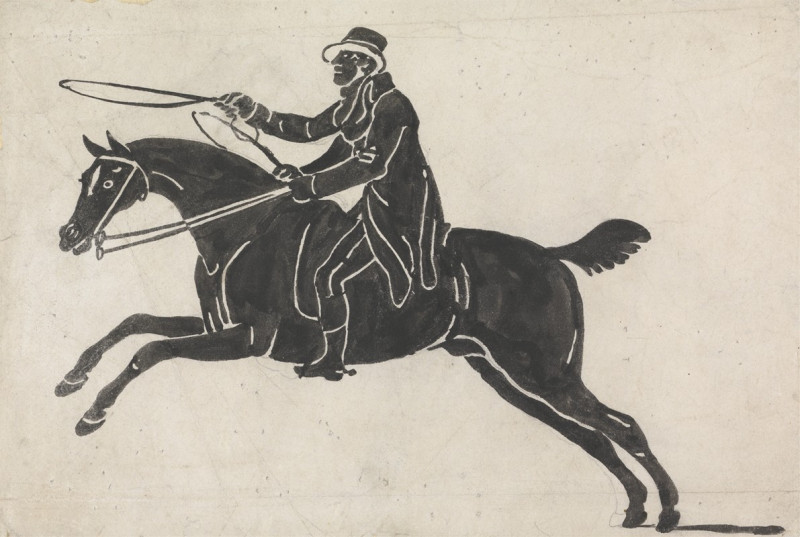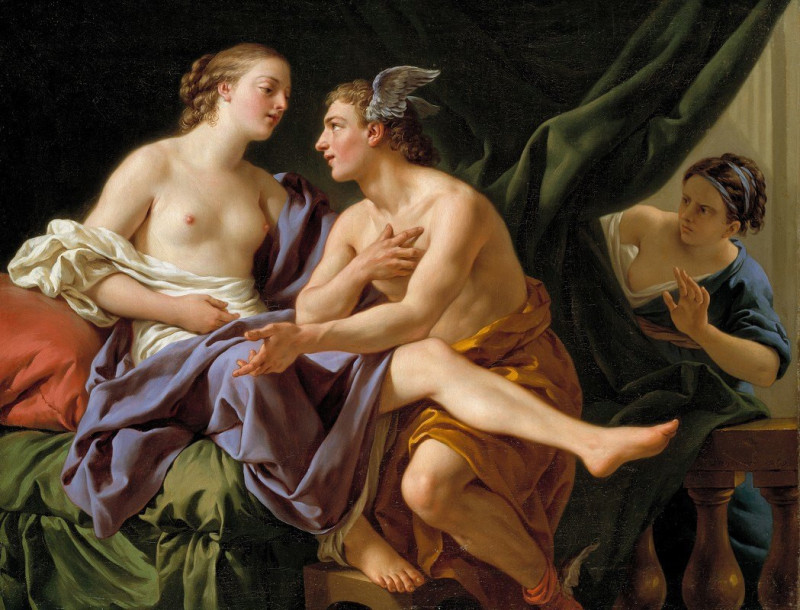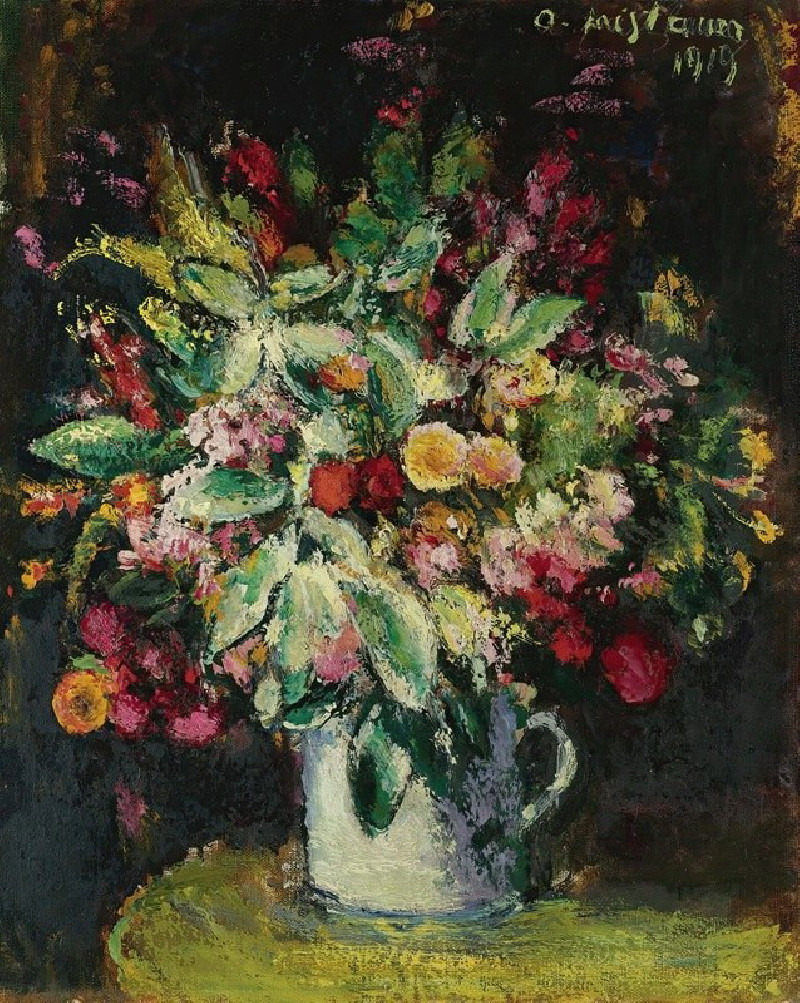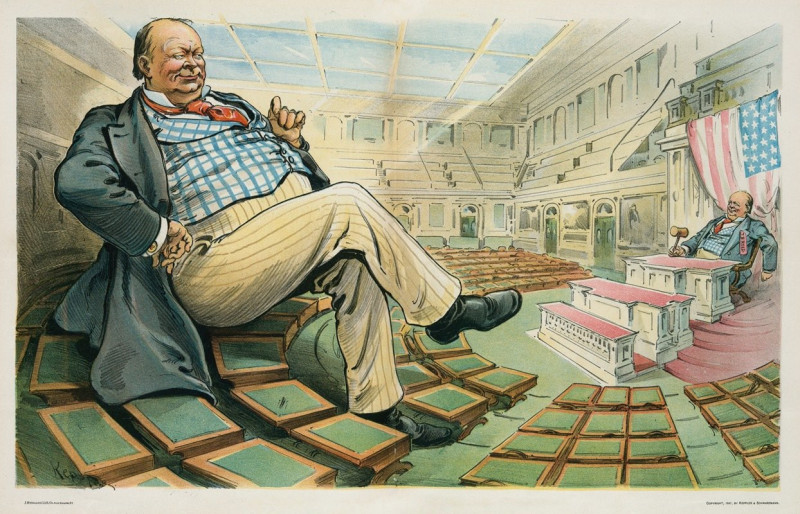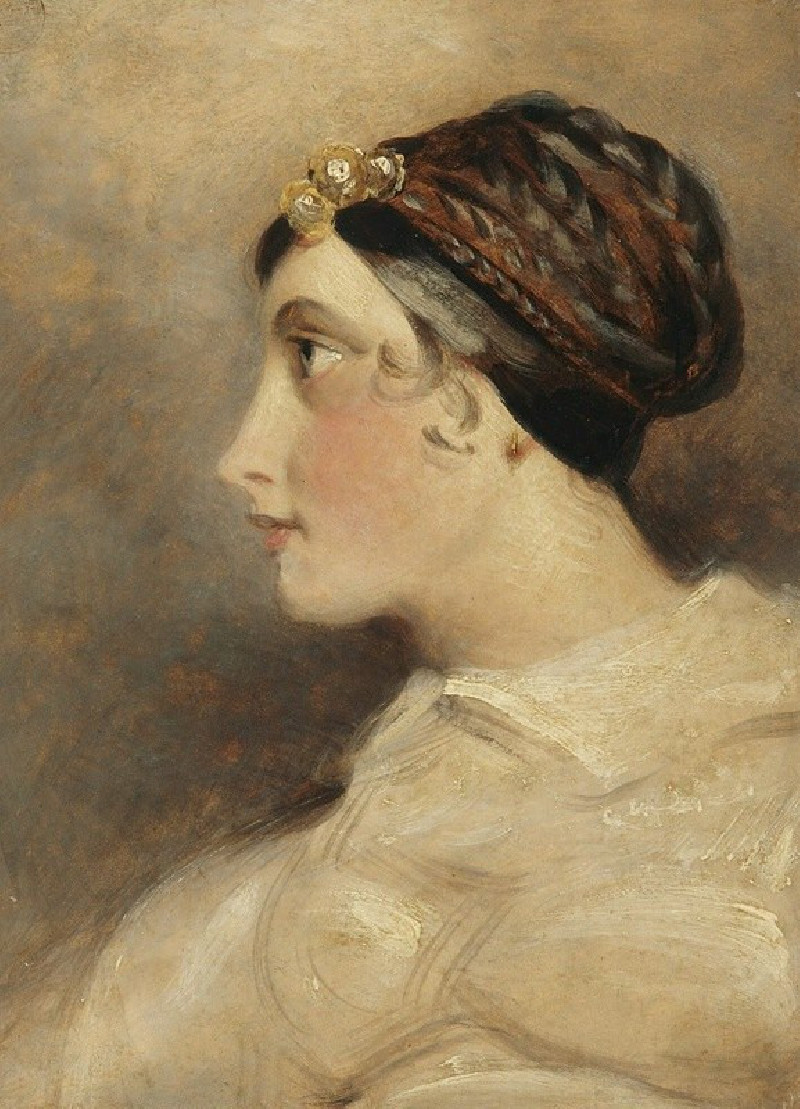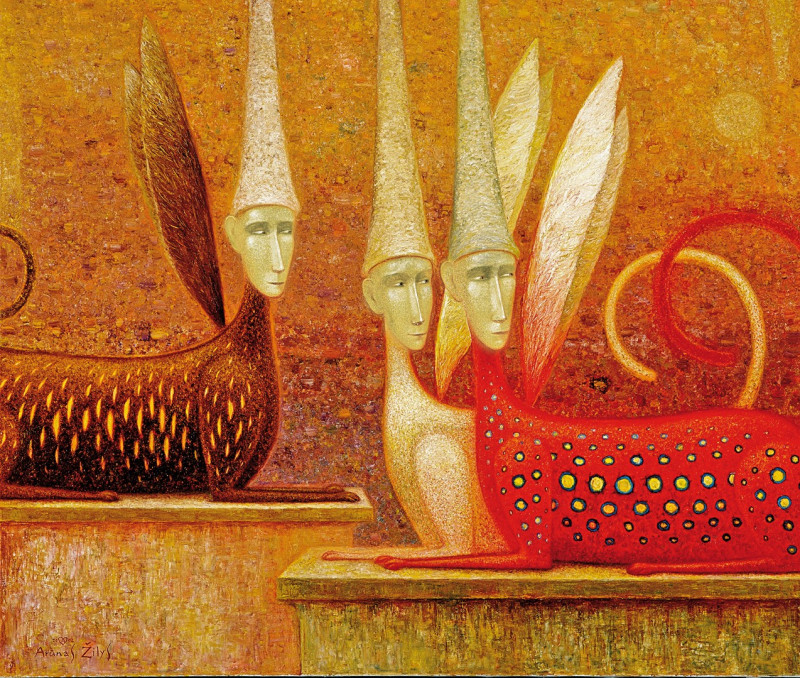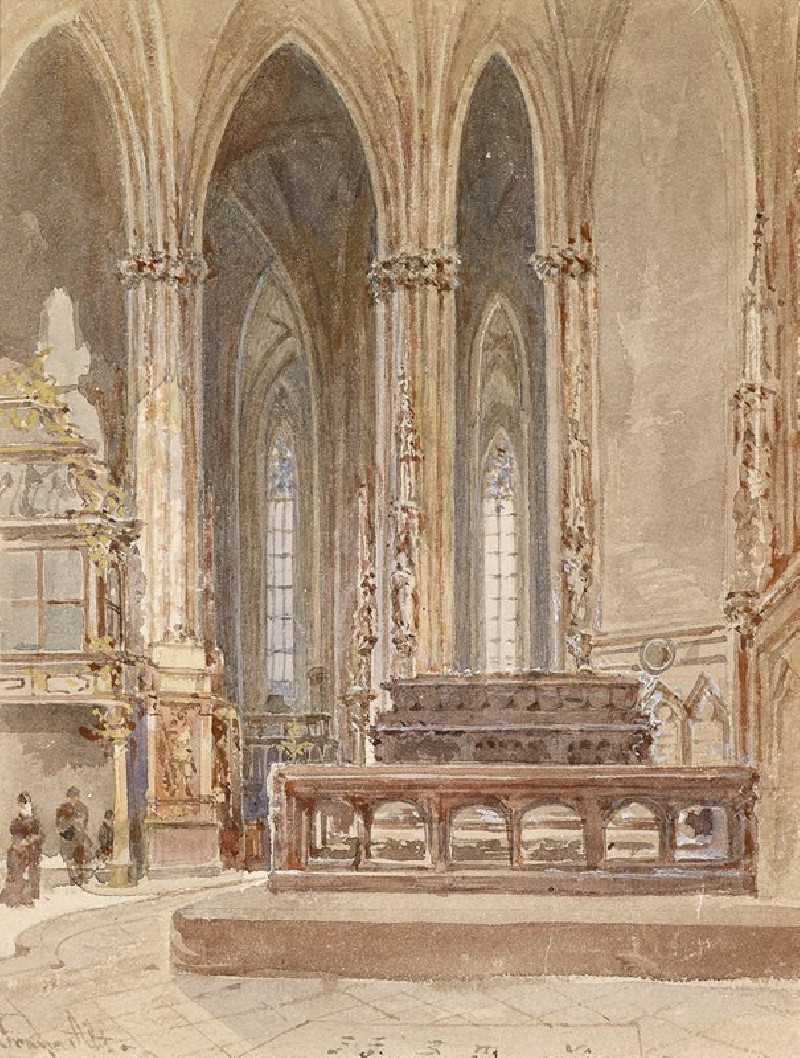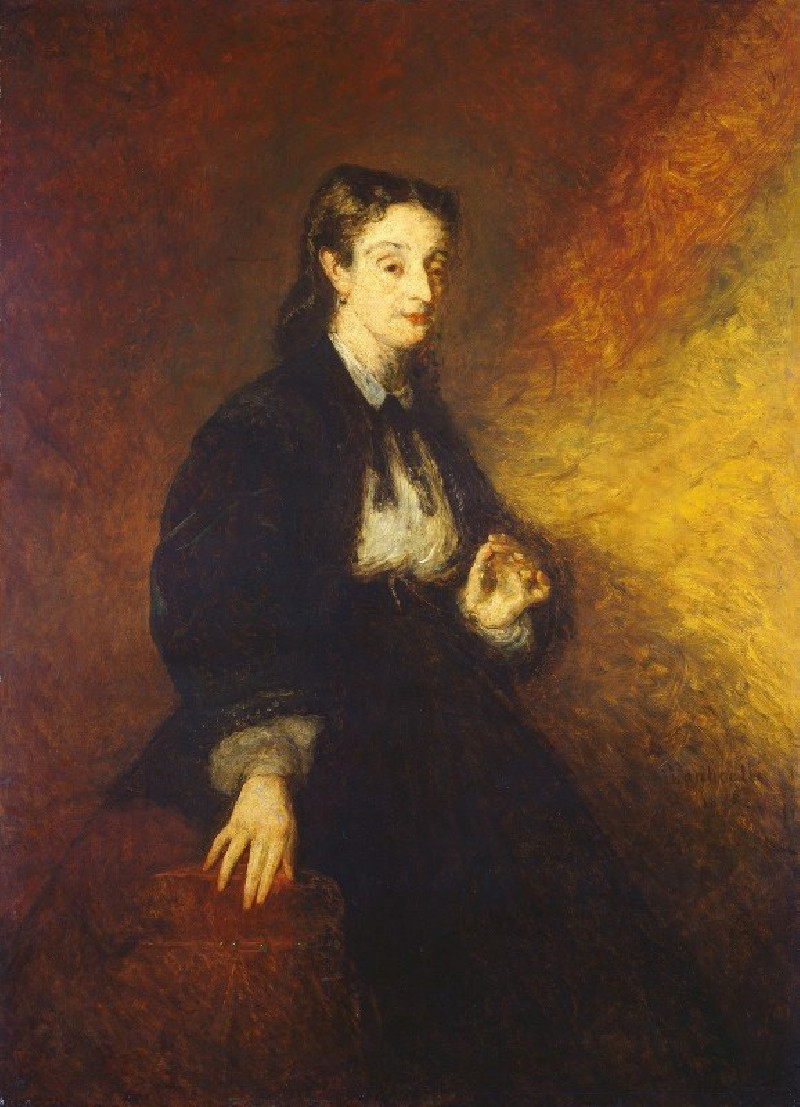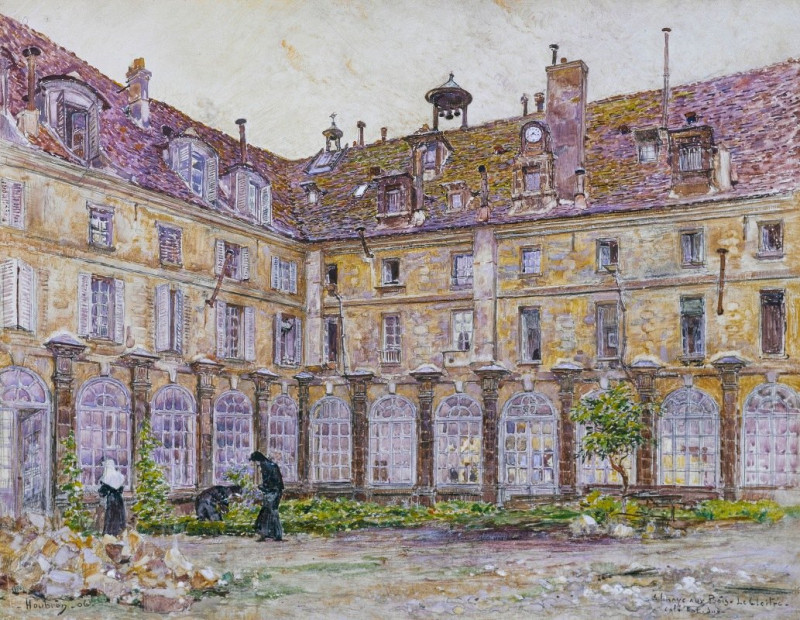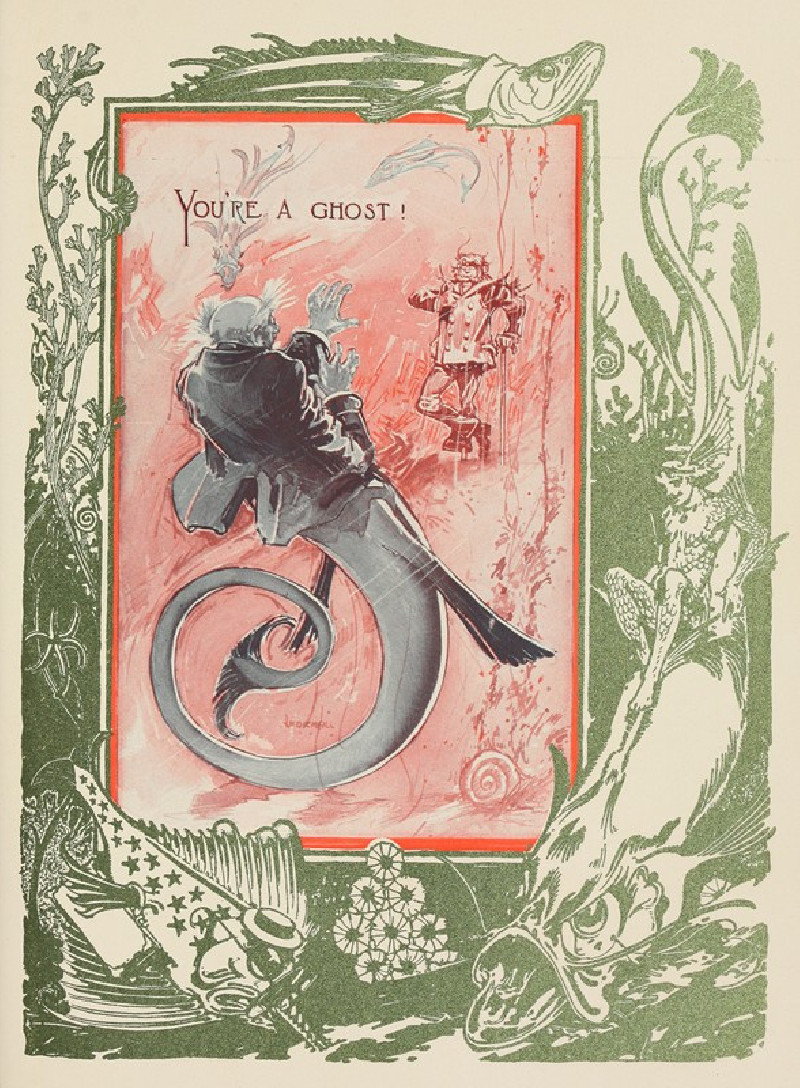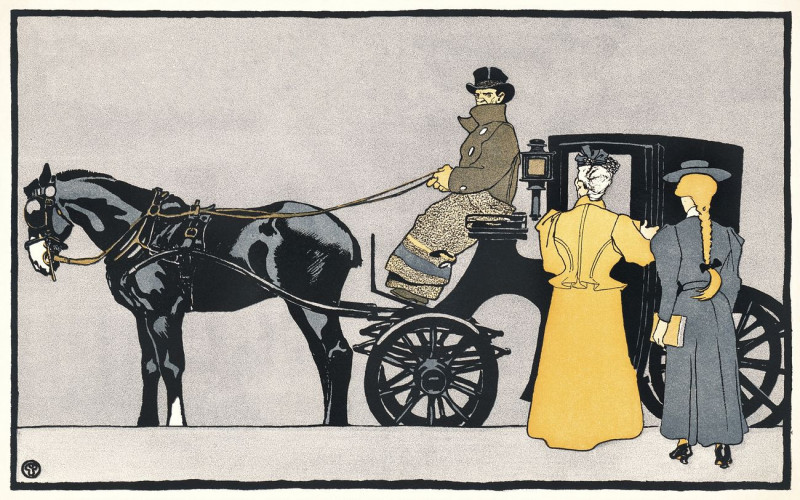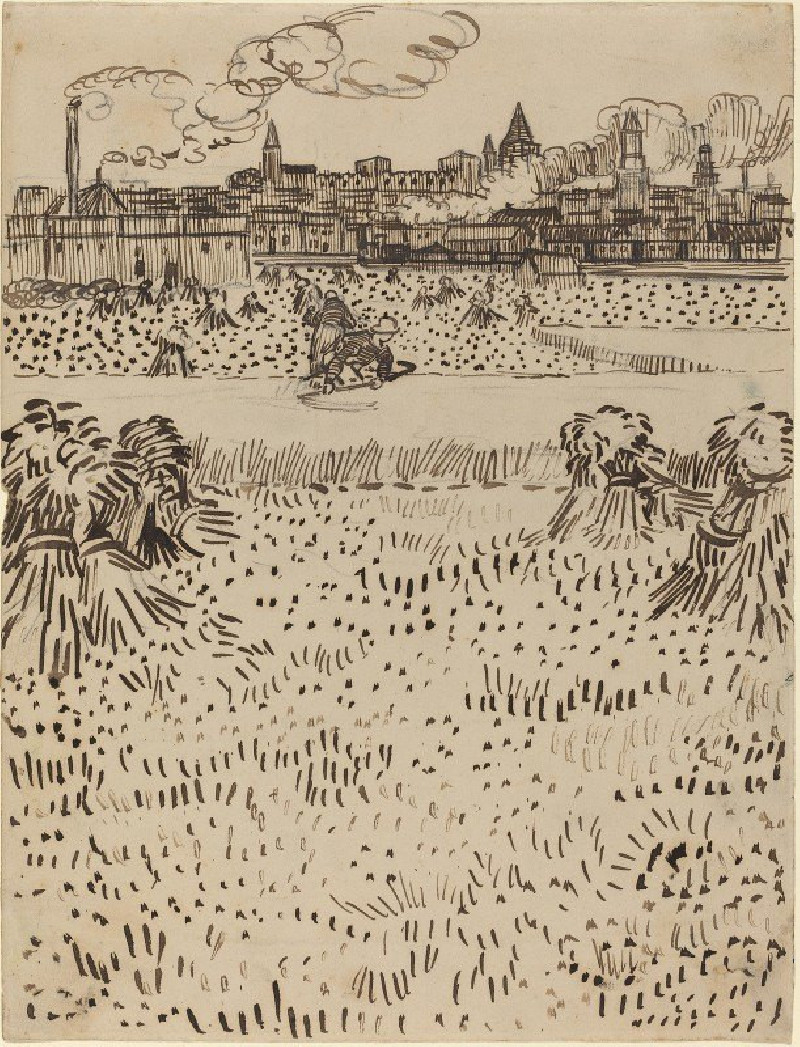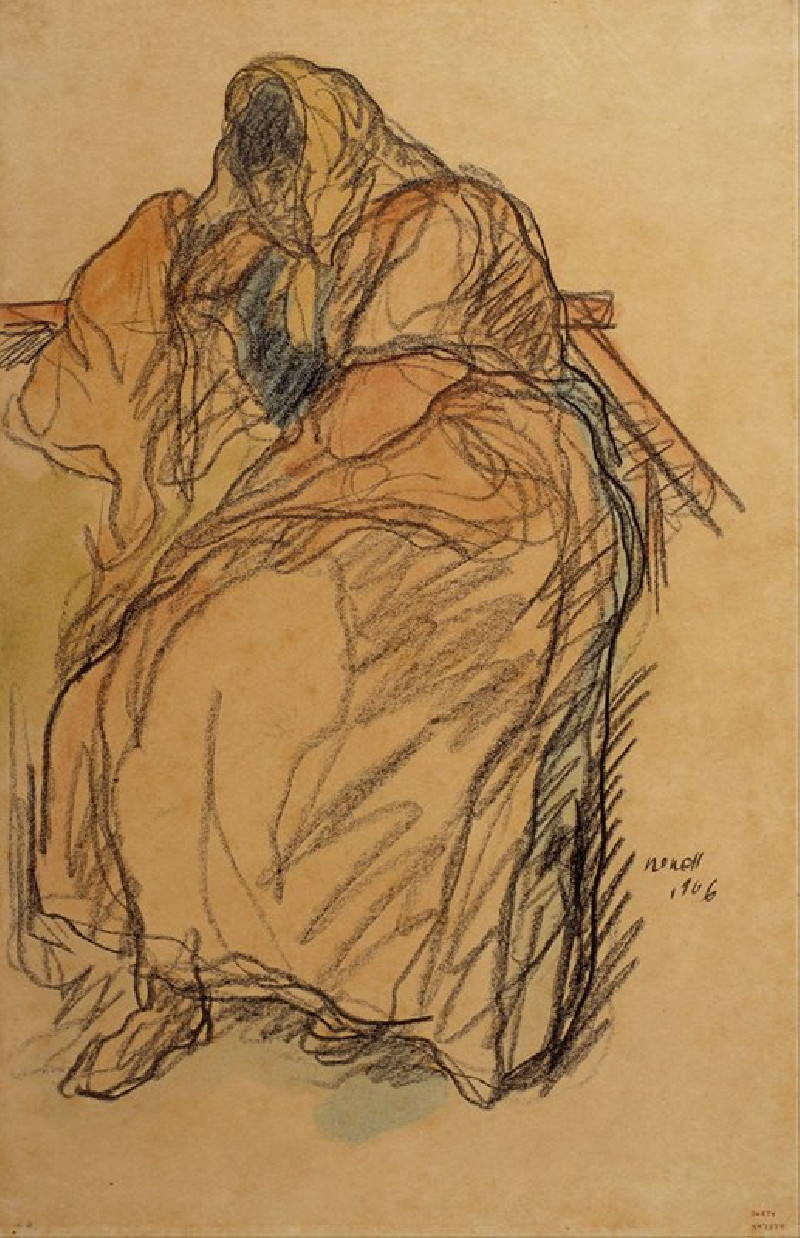Acorn Strength
Technique: Giclée quality print
Recommended by our customers
More about this artwork
"Acorn Strength" by Julius Caesar Ibbetson is a striking yet simplistic watercolor painting that marvelously captures the essence of potential and resilience manifest in the natural world. At the heart of this artwork is a single acorn, suspended at the center against a backdrop of radiant lines that seem to emphasize its significance. Below the acorn rests a collection of twig and branches, intricately arranged and detailed, perhaps symbolizing the raw materials from which strength and sustenance are drawn.The acorn, hanging with purpose, represents growth and the latent power within small beginnings. Its position above the wood, which may serve as both a literal and figurative foundation, highlights a narrative of emergence and development. The artist’s use of soft earth tones and the interplay of light and shadow not only underscores the theme of potential but also imbues the painting with a sense of hope and anticipation."Acorn Strength" invites viewers to reflect on the immense possibilities that lie within the smallest of seeds, reminding us that from humble beginnings can come great strength.
Delivery
Returns
Julius Sergius von Klever was a Baltic German landscape painter.
His father was a chemist who taught pharmacology at the Veterinary Institute. He displayed artistic talent at an early age and took lessons from Konstantin von Kügelgen. After completing his primary education, was enrolled at the Imperial Academy of Fine Arts where, at his father's insistence, he studied architecture. After a short time, however, he began to take landscape painting classes; first with Sokrat Vorobiev, then Mikhail Clodt.



